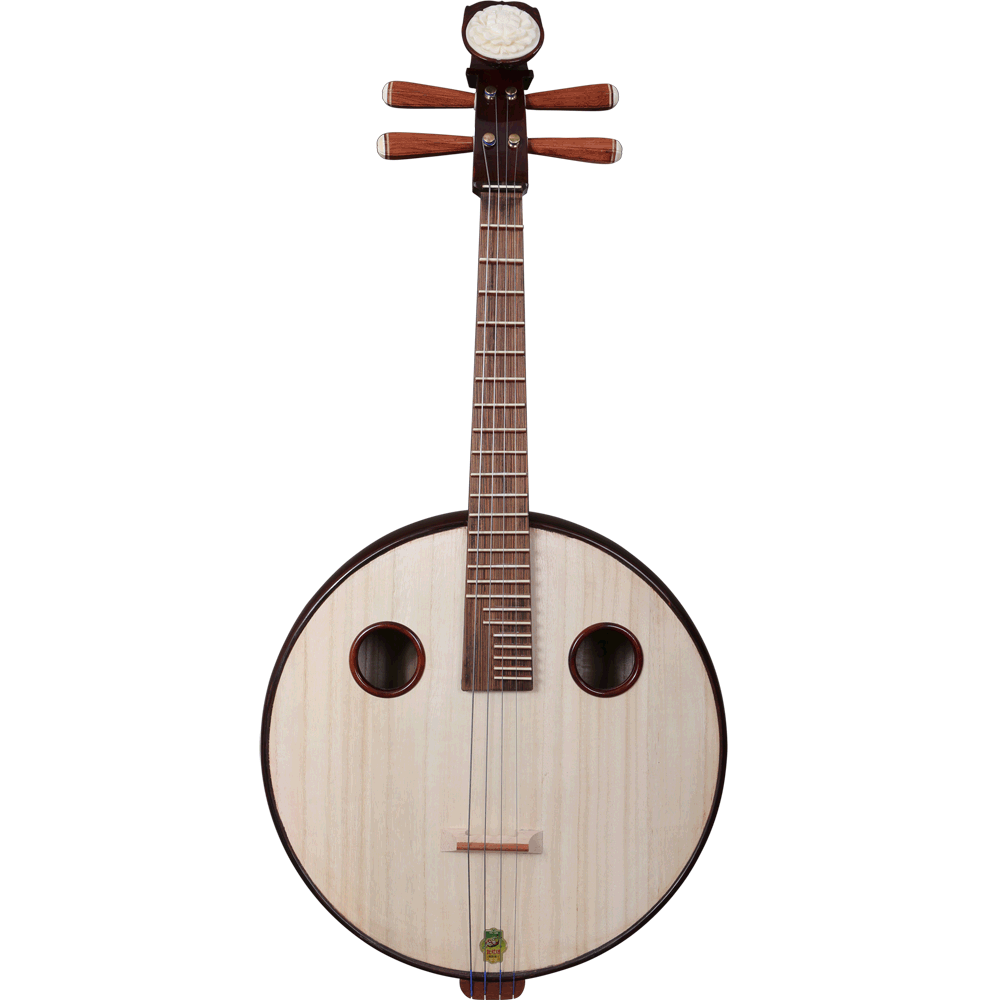Ruan (Ruan Xian) overview

Ruan (Ruan Xian) (Pinyin: Ruǎn) is short for Ruan Xian. It is a traditional plucked musical instrument of the Han nationality, also known as Ruan Xian and Ruan Qin. In ancient times, it was called Qin Pipa. Later, because of the introduction of Quxiang Pipa, the name "Pipa" was occupied, and it was named after Ruan Xian, who was good at playing this instrument.
According to the literature and historical data from the Han Dynasty to the Wei and Jin Dynasties, the Ruan is a kind of musical instrument with a round body, a straight item, four strings and 12 columns (freets) created by the Han people themselves. Originated from about 217 BC to 105 BC, it was called Qin Pipa or Qin Hanzi in the Han Dynasty.
Ruan is composed of headstock, neck, body, pegs, mouth, frets, bridge, strings and strings.
The varieties of Ruan are treble Ruan, big Ruan, middle Ruan, small Ruan and bass Ruan, including four parts of treble, alto, tenor and bass, forming a series of musical instruments.
- Chinese name:Nguyen
- full name:Ruan Xian
- type:plucked instruments
- alias:Long-necked lute
overview of other similar instruments
- sanyanxiao overview
- Daguangxian overview
- Leiqin overview
- hahao overview
- yandundagu overview
- Han Xiaozheng overview
- Fang Xiang overview
- guanzi overview
- zhuqin (Dao Qin) overview
- zhuiqin overview
- bangzi overview
- three-stringed piano overview
- Gehu overview
- xiao overview
- xiaokonghou overview
- Konghou overview
- Sheng overview
- suona overview
- hulusi overview
- gushao overview
 渝公网安备 50010702504639号
渝公网安备 50010702504639号